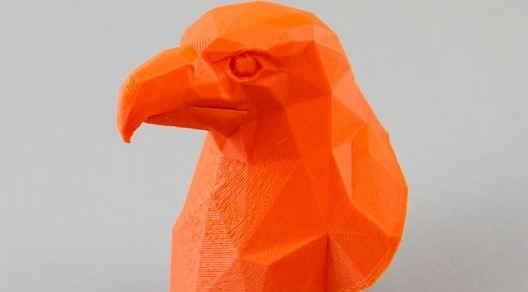Getting Started with PLA 3D Printing: A Smart Guide for Beginners

Over the previous ten years, 3D printing has progressed from the specialized interest of a hobbyist to a global innovation platform that is hailed by engineers, educators, artists, and inventors. If creating personalized products, mechanical prototypes, or decorative pieces is your thing, then the success of your project will largely depend on the material you choose. Out of all the available options, PLA 3D filament is the most widely used among beginners and professionals.
Why PLA Remains a Top Choice for Makers
Polylactic Acid (PLA) is the most reliable material in the domain of 3D printing. Its green composition, user-friendliness, and good finishing make it suitable for all users irrespective of their skills.
Using a simple 3D printer filament which is simple is important. PLA does not require a heated chamber or complicated calibration, thus it becomes highly suitable for home users, students, educators, and even small startups who want to test product designs.
What Sets PLA 3D Filament Apart?
There are several reasons why PLA 3D filament continues to lead the way:
- Eco-Friendly and Compostable: Using corn starch and sugarcane as raw materials for PLA, it is more degradable than petroleum-based products.
- Printing at Low Temps: It works well at 180–220°C with less chance of warpage and blockage.
- Process Without Smell: Even though ABS has a very small smell during printing, PLA practically has no smell at all and thus is safe for indoors.
- Clean Aesthetic: With bright colors and a shiny surface, PLA makes eye-catching results.
Whether it’s creative models or concept designs, PLA provides the best performance and the easiest handling for trouble-free printing sessions.
Fast Prototyping with PLA: A Designer’s Dream
In such areas as fashion, product design, architecture, and education, speed and accuracy are crucial to success. The fast cooling of PLA, together with high surface resolution, leads to quicker idea-to-object conversion.
With PLA 3D filament, users can:
- Produce architectural scale models
- Build ergonomic prototypes and tools.
- Create packaging prototypes for a retail pitch
- Manufacture intricate artistic designs for visual presentation
Its versatility makes PLA ideal for rapid prototyping, where aesthetics and speed matter more than mechanical strength.
Specialized PLA for Creative Explorers
Not all PLA materials are created equal. As the market evolves, new formulations of 3D printer filament emerge to support more unique and demanding use cases. Today’s advanced PLA variants include:
- Silk PLA: Known for its shimmering, metallic-like sheen
- Wood PLA: Infused with real wood particles for an organic finish
- Glow-in-the-Dark PLA: A fun choice for themed decorations or toys
- PLA Plus (PLA+): Offers added durability and strength for slightly more functional parts
These modern PLA versions offer creators even more flexibility when printing with desktop or industrial machines.
Common Uses of PLA in Everyday Printing
On account of its proven track record and very user-friendly design, PLA is fit for a variety of uses:
- Educational Use: Perfect for hands-on learning in STEM programs
- Prototyping: Rapidly go through versions and present ideas without relying on expensive tools
- Home & Decor Projects: Create anything from plant pots to light fixtures
- Marketing Material: Produce custom holders, promotional stands, or branded packaging
With the right 3D printer filament, and in particular PLA, you can easily and affordably bring your ideas to life.
Printing Tips to Maximize PLA Performance
Below, we provide a useful checklist to assist you in maximizing your output when utilizing the PLA 3D filament:
- Keep It Dry: Because of the nature of PLA, it can lead to bubbling or poor layer adhesion due to moisture absorption. Hence, storage in a sealed container with desiccant is advisable.
- Adjust Bed Temperature: It is worth noting that a heated bed is not always mandatory, but if you use it at 50-60°C, the adhesion will be deeper and the print more stable.
- Ensure Proper Cooling: Employ cooling fans, as this will enable you to get clear leads and no defects like drooping or stringing.
A properly calibrated hardware setup not only guarantees dependable prints but also significantly reduces waste.
Conclusion: PLA – The Ideal Starting Point in 3D Printing
PLA 3D filament is synonymous with convenience, cost-effectiveness, and quality, whether you are a complete novice in 3D printing or experimenting with new materials. Its steady performance, aesthetic appeal, and green benefits have made it the favorite of makers all over the globe.
Begin your adventure with PLA, and turn your innovative concepts into reality—just one layer at a time.
Miss Clipping Out Stories to Save for Later?
Click the Purchase Story button below to order a print of this story. We will print it for you on matte photo paper to keep forever.

